An Example of Recognizing and Responding to a Spark Part 3
A couple of days ago I talked about a Spark that I caught from one of my grandchildren. She asked about crystals and so we began a journey of exploration to find out more about them. We grew crystals (part 1) at home and then we headed off to the library (part 2). In part two of this series I shared all the wonderful things we learned at the library. So lets see how the kids had a fun and meaningful learning about crystals.
On the walk home from the library the girls, Ashley, age eight and Lizzy, age six, were busy searching the ground for specimens to add to the rock collection that they planned on making.
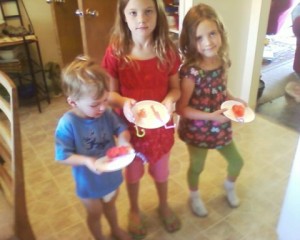 When we got home our sugar crystals had already begun to form. It was so exciting. We scooped a few out and sampled them. Yummmmm.
When we got home our sugar crystals had already begun to form. It was so exciting. We scooped a few out and sampled them. Yummmmm.
While I was making dinner which was peanut butter and honey we noticed that the honey had formed some sugar crystals. The girls compared them to the crystals forming in their “sugar jars”. We talked about the fact that you can melt sugar and honey crystals by heating them but that it would take much hotter heat to melt quarts crystals.
Ashley said Grandma, “Were kinda finding everything crystal today. We didn’t the other day. (Long pause) I guess that’s because we learned about crystals today.”
About four hours later I found Lizzy and Ashley sitting at the bottom of the stairs looking at the pictures of crystals. They had originally gone out to ride their scooters taking the books along with them. The pictures were just to compelling and they never made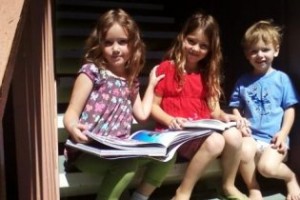 it to the driveway. They were comparing the crystals in each others book, chatting away about the shapes, sizes and colors.
it to the driveway. They were comparing the crystals in each others book, chatting away about the shapes, sizes and colors.
A bit later I went to check on them. They had finally made it to the driveway and were buzzing around the parking lot on their scooters. Ashley hollered to me and said, “Grandma we are finding crystals.” Lizzy asked me, “What are those people called who dig and look for rocks? “Miners”, I replied. Then Lizzy said, “We could become miners grandma and find crystals.” Ashley said, “I told her we could be scientists and study crystals.” Then she thought a moment and said, “Yeah, we could be partners finding and studying crystals.” I realized that there imaginative play that evening had centered on what we had been learning that day. When that happens you know learning has been fun and impactful.
Just before bed we read another child’s book about rocks which reminded us of all the new words and facts that we learned about at the library. They are excited for tomorrow. We are going to use the hardness scale and scratch chalk with a penny. Chalk is a 1 on the hardness scale and a penny is a three. We are going to collect 10 rocks for our collection and determine if they are igneous, sedimentary or metamorphic.
I have some play dough left over from their last visit here. They are going to make volcanoes and then “erupt” them for the family. We are going to end their trip by drying out our sugar crystal suckers and making our own sedimentary brick. (See recipe below) Now, can you get how I made learning fun filled and meaningful for them?
The activities that we did in a weekend can be spread out over a number of weeks. For example you can just put the books into the closet the first week, make crystals the next, make a rock collection the next and end by making a sedimentary brick, and so forth.
This is the result you want when you see a Spark and use the art of responding. You want to see enthusiasm for the topic and excitement in the learning process. You want the learning to carry over into play and life. We had a wonderful adventure. It was fun. They don’t know everything about volcanoes and how rocks and crystals are made but what they do know they will remember. They LOVED learning!
My next blog will show grandparents how they can take an event like this and keep helping their grandchildren love learning for quite a few weeks after they have gone home.
Sedimentary Brick
Mix 1/2 C water and 1/2 C white glue in a large cup. Fill a small milk carton with sand. Slowly add the glue mixture to the carton. Stop pouring when the mixture stops sinking into the sand. Wait several days until the top of the sand has hardened and the box feels solid when squeezed. Peel away the box and admire your sandstone brick. Its soft like natural sandstone. You can scrape grains of sand off the brick with your fingernail. (Rocks, Hard, Soft, Smooth and Rough by Natalie Rosinsky)
Possibly Related Posts:
- To Waste or Not to Waste, That Is The Question
- Better Communication-Better Outcomes
- Children Learn Best When They Are Interested
- Inspiring Learning
- Family Philanthropy Project – How to Grow Your Family’s Heart by Jodie Palmer
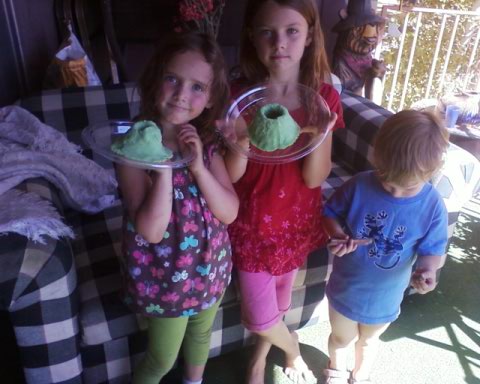
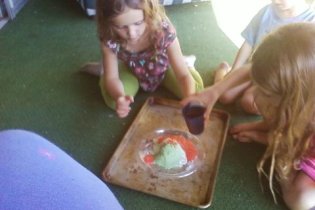


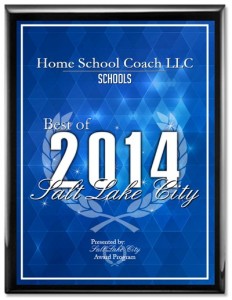
{ 0 comments… add one now }